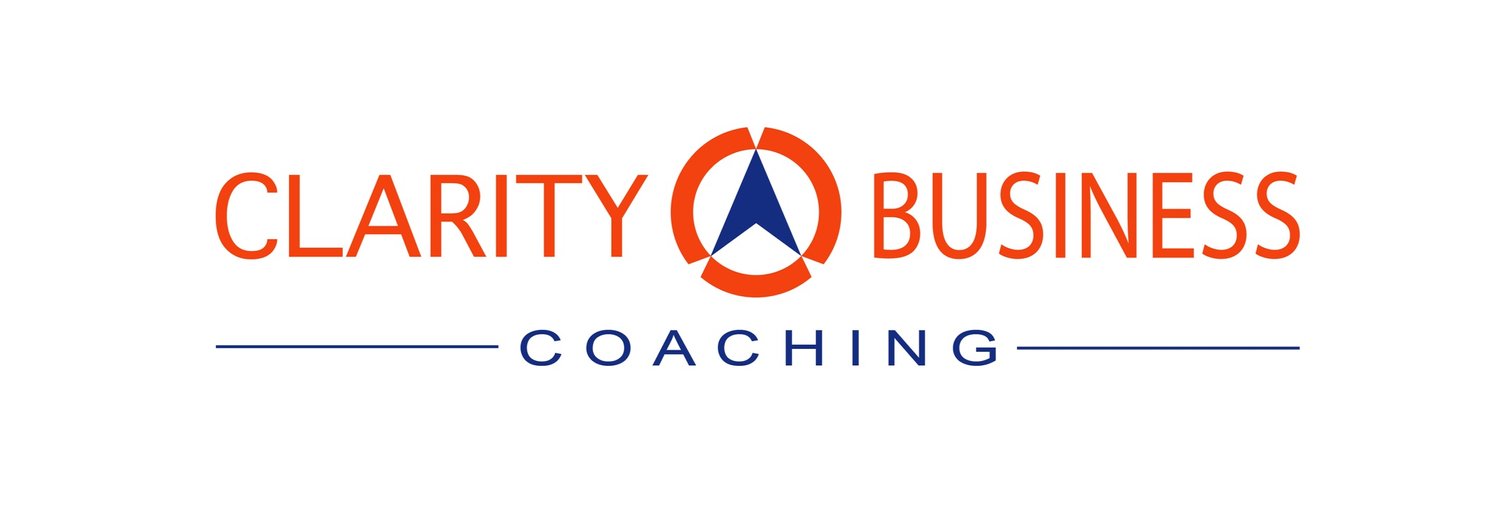Overhead & Operations: The Hidden Game-Changers in Growing Your Business
Most Small Businesses Aren’t Losing Money—They’re Leaking It
If you're a small business owner with a growing team, chances are you're not wasting money on big, flashy mistakes. You're losing it slowly—through overlooked overhead, operational waste, and systems that can't keep up with your growth.
It’s like trying to win a hockey game with a broken skate and a fogged-up visor. You’re working hard, but everything feels harder than it should.
In this post, we’ll walk through how overhead and operations impact your profitability—and how to regain control before growth turns into chaos.
What Is Business Overhead?
Understanding What You’re Actually Spending
Overhead is any ongoing expense that isn't directly tied to producing your product or delivering your service. It's the rent on your office, the software subscriptions your team needs, and the insurance policies you (hopefully) never have to use.
It matters because:
It impacts your profit margins
It affects your ability to scale
It often grows silently unless you actively manage it
Understanding overhead is step one in protecting long-term sustainability.
Learn the Basics with Manager-Focused Coaching
We break down financial concepts like overhead and margins in our Road to Success for Managers coaching track—so your leadership team can make smarter, more profitable decisions.
The 3 Types of Overhead (and Why It Matters)
Know the Categories to Make Better Cuts
Overhead isn't one-size-fits-all. Different types affect your business in different ways:
Fixed Costs: Rent, salaries, insurance. You pay these no matter what.
Variable Costs: Utilities, commissions, office supplies. These shift with your activity.
Semi-Variable Costs: Maintenance, marketing, travel. They have a base cost but can scale up or down.
Knowing where your dollars land helps you make smarter decisions when reviewing your expenses—or deciding what to cut.
How to Spot Overhead Drain in Growing Teams
Growing teams often add expenses quickly, but don’t review them as often. Coaching helps you pause and assess where waste may be hiding.
How Overhead Affects Your Profit Margins
You Can’t Hit the Net Without Knowing the Score
Overhead directly impacts your break-even point—how much you need to earn just to stay afloat.
As your team and operations grow, even small shifts in overhead can dramatically affect your margins. Trimming unnecessary costs or renegotiating contracts can have an immediate impact on your bottom line without cutting into quality or service.
Common Areas of Overhead Waste
The Little Things Add Up
Some of the biggest sources of overhead bloat we see in coaching sessions:
Inefficient spending on supplies or travel
Unused subscriptions or outdated tools
Poor supplier agreements or contract renewals on autopilot
The good news? Once you know where to look, it’s usually a quick fix.
What Is Operational Efficiency?
Doing More with Less—Without Burnout
Operational efficiency means maximizing output without overworking your team or draining resources. It’s not just about working faster—it’s about working smarter.
Common wastes include:
Redundant tasks
Manual processes that could be automated
Underutilized staff or misaligned roles
A smooth operation should feel like a hockey team on a power play—everyone knows their role, and things just flow.
Strategies to Streamline Your Business
Let Systems Do the Heavy Lifting
If you want to streamline without sacrificing quality, consider:
Automating repetitive tasks like scheduling, follow-ups, or reporting
Standardizing workflows so the whole team operates from the same playbook
Evaluating in-house vs. outsourcing to determine cost-effectiveness
Leveraging technology like AI, CRMs, and project management tools
These aren’t just tools—they’re force multipliers.
Balancing Cost-Cutting with Growth
Not Every Cost is the Enemy
Cost-cutting isn’t always the answer. Sometimes, investing in scalable systems or team development provides a better return.
Ask yourself:
Does this cost bring in future revenue?
Can it be tied to ROI?
Will cutting this slow growth or increase it?
Smart business owners don’t just look at expenses—they evaluate impact.
Key Metrics Every Growing Business Should Watch
If You’re Not Measuring, You’re Not Managing
Want to keep overhead and operations aligned? Track these:
Overhead ratio (total overhead / total revenue)
Operational efficiency score (outputs vs. inputs)
Revenue per employee
Customer acquisition cost
These aren’t just numbers—they’re indicators of business health and sustainability.
If you're ready to stop spinning your wheels and start running a lean, focused business that grows with intention—start with overhead and operations. That’s where real transformation begins.
